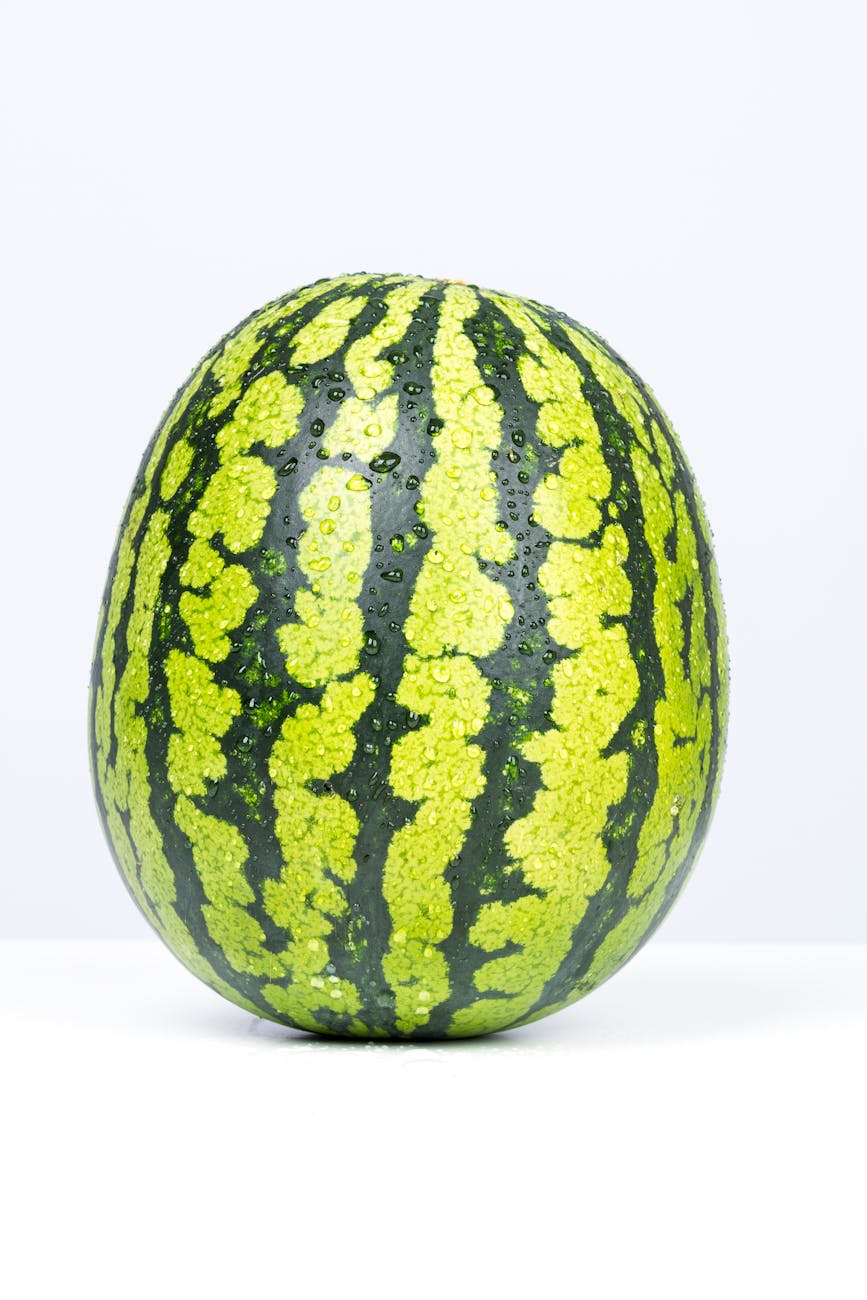Welcome to this hall on the title: Watermelon farming guide: Best Practices For High Yield of watermelon.
Content
At the end of this article, students should be able to know the following:
- The importance of watermelon farming
- Growing conditions for watermelon
- Step by step to watermelon farming guide.
- Managing pests and diseases of watermelon
See Also
- Cucumber farming Guide For beginners
- Cultural practices of orange, and benefits
- How to grow apples, guide for healthy and productive apple trees
Introduction
Watermelon farming guide covering essential steps like climate, soil preparation, planting, watering, fertilization, pest control, and harvesting. Learn how to grow healthy watermelons for a successful yield.
Watermelon farming is a profitable agricultural venture, especially in regions with warm climates. Watermelons are highly popular due to their refreshing taste, high water content, and nutritional benefits. With the right conditions and practices, watermelon farming can yield significant returns. I will be showing you detailed guide to help you get started.
The Importance of Watermelon Farming
Watermelon is not only loved for its sweet and juicy flavor but also for its health benefits, being a great source of vitamins A and C, antioxidants, and hydration. This high demand in the global market makes watermelon farming a lucrative opportunity. With the right approach, you can achieve high yields and profits.

Ideal Growing Conditions
- Climate: Watermelons thrive in warm, sunny conditions. They need temperatures between 25°C to 35°C (77°F to 95°F) for optimal growth. Cool or wet climates are not suitable, as watermelons are sensitive to frost and excess moisture.
- Soil: Watermelons prefer well-drained, sandy loam soils with a pH level between 6.0 and 7.5. Good drainage is crucial, as waterlogged soils can cause root rot. Adding organic matter to the soil improves its fertility and structure.
- Sunlight: Watermelons require full sun exposure for at least 6 to 8 hours a day. The more sunlight they receive, the better the fruit quality and sugar content.
Step-by-Step Guide to Watermelon Farming
1. Land Preparation: Before planting, ensure the land is well-prepared. Plow and harrow the soil to remove weeds and loosen the ground for proper root development. Since watermelons have deep roots, the soil should be worked up to a depth of at least 30 cm (12 inches).
2. Seed Selection and Planting: Choose high-quality seeds that are resistant to diseases and pests. Popular varieties of watermelon include:
- Crimson Sweet: Known for its large size and sweet flesh.
- Sugar Baby: A smaller, earlier-maturing variety with a rich flavor.
- Charleston Gray: A popular variety that produces large, oblong watermelons.
Plant the seeds in rows or mounds, spacing them about 2 to 3 feet apart within rows and leaving 6 to 8 feet between rows. This spacing allows for adequate air circulation and room for vines to spread.
3. Irrigation: Watermelons need regular watering, especially during the early growth stages and fruit formation. Drip irrigation is ideal as it conserves water and keeps the foliage dry, reducing the risk of diseases. However, reduce watering when the fruit starts ripening to increase sweetness and prevent waterlogging.
4. Fertilization: Apply organic manure or compost before planting to improve soil fertility. Additionally, use balanced NPK fertilizers (nitrogen, phosphorus, and potassium) to promote healthy growth. Apply nitrogen-rich fertilizers early in the growing season, and switch to phosphorus and potassium during flowering and fruiting stages for better fruit development.
5. Weed Control and Mulching: Weeds can compete with watermelon plants for nutrients and water. Regular weeding is important, especially during the first few weeks after planting. Mulching with straw or black plastic can help conserve moisture, reduce weeds, and keep the fruits clean.
Managing Pests and Diseases of watermelon
Watermelons are susceptible to various pests and diseases. Some common pests include:
- Aphids
- Cucumber beetles
- Spider mites
Common diseases include
- Powdery mildew
- Fusarium wilt
- Downy mildew
To manage these threats, practice crop rotation, use pest-resistant seed varieties, and apply appropriate organic or chemical pest control methods. Proper irrigation and spacing also help in disease prevention by reducing humidity around the plants.
Harvesting of Watermelons
Watermelons typically take about 70 to 90 days to mature, depending on the variety. Harvesting can be tricky as watermelons don’t continue to ripen after being picked. Here are a few signs that indicate it’s time to harvest:
- Tendril browning
- The curly tendrils near the fruit stem turn brown and dry out.
- Thumping sound: A ripe watermelon makes a hollow sound when tapped.
- Skin color: The underside of the watermelon changes from white to a creamy yellow color.
- Firmness: The rind becomes tougher and more resistant to pressure.
Carefully cut the fruit from the vine, leaving a small portion of the stem attached to prolong shelf life
Post-Harvest Handling
Proper post-harvest handling is essential to maintain the quality of watermelons:
- Storage: Watermelons can be stored for about 2 to 3 weeks at cool temperatures (10-15°C).
- Transport: Watermelons are heavy and prone to bruising. Handle them carefully during transportation to avoid damage.
Marketing and Selling Watermelons
Watermelons have a wide market, ranging from local fruit vendors to supermarkets and export markets. Identify potential buyers in your area and establish relationships with them before harvest to ensure a ready market. Watermelons are typically sold by weight, so larger fruits usually fetch higher prices.
Some farmers also explore value-added products, such as watermelon juice, jams, or snacks, to increase profitability.
Challenges in Watermelon Farming Guide
1. Pest and Disease Control: Without proper management, pests and diseases can significantly affect yields. Regular monitoring, crop rotation, and use of resistant varieties are essential to keep these challenges under control.
2. Water Management: While watermelons need consistent watering, over-irrigation can cause poor fruit quality and rot. Efficient water management is critical for success.
3. Market Fluctuations: Like many agricultural products, watermelon prices can fluctuate due to seasonality, oversupply, or weather conditions. Diversifying markets or processing watermelons can help reduce risks associated with price volatility.
Summary on watermelon farming guide
Watermelon farming can be a rewarding and profitable venture when done correctly. With the right soil, climate, and farming practices, you can produce high-quality watermelons that are in demand in both local and international markets. Whether you’re a small-scale farmer or planning to grow watermelons on a commercial scale, investing in proper land preparation, seed selection, pest management, and market planning will increase your chances of success.
